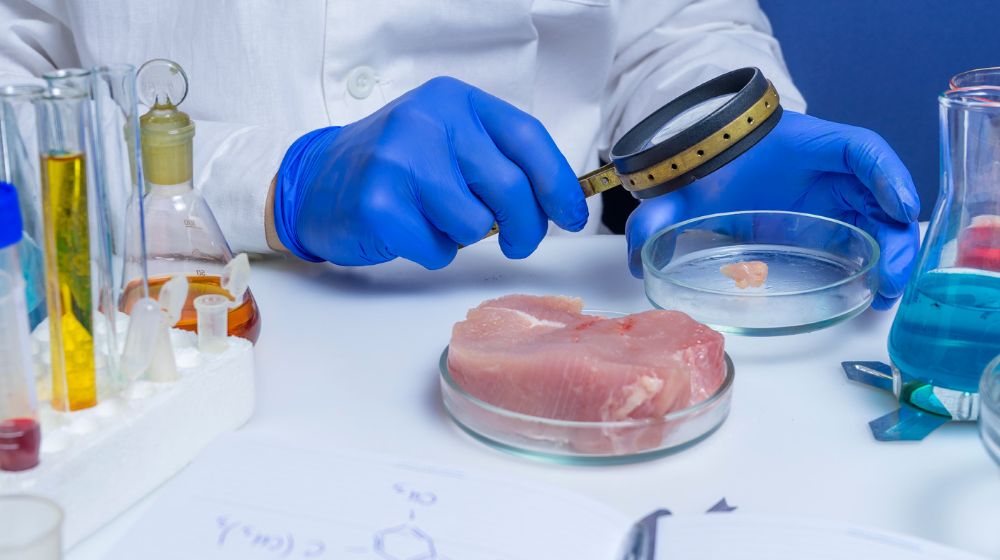


Consumer product safety is a highly sensitive issue for many countries throughout the world, including China. High-profile incidents in China such as the food scandal with tainted milk or poisonous paints used in toys have received global attention. Adding to China’s reputation for questionable safety standards are the records of the European RAPEX notification system , where over 50% of suspected substandard products were shown to originate in China. Such background information makes it easy to believe that regulations for product safety in China are underdeveloped and their enforcement inconsistent. However, nothing could be further from the truth.
In fact, China has implemented a solid legal framework for product safety, supported by a well-established and comprehensive system of industrial standards in operation throughout the country. The scale and thoroughness of inspections relating to product safety probably exceed those of any other economy worldwide. As such, it is of utmost importance that any organisation planning to export consumer goods to China becomes familiar with the Chinese regulatory framework, standards, and conformity assessment environment.
Many companies have paid a high price for ignoring both the importance that China gives to product safety and the effectiveness of its enforcement mechanisms. The General Administration of Quality Supervision, Inspection, and Quarantine (AQSIQ), regularly posts pictures on the internet showing the destruction of imported consumer goods that have failed to meet Chinese safety regulations. For the companies involved, this has consequences beyond the financial losses incurred due to the confiscation of goods. They must also pay fines and deal with the additional costs of increased inspections for future exports to China.
This report will explain the mechanisms in place for the control and enforcement of product safety in China, highlighting the major differences between the Chinese and European systems. The emphasis will be on both the practical impact of these regulations and the ways in which SMEs can successfully navigate the system.